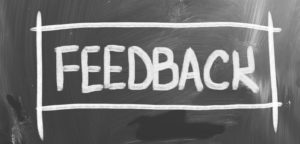
The Case for Narrative Evaluations: A More Equitable Approach to Student Assessment
As educators, we’re all deeply invested in our students’ learning journeys. We’ve likely all experienced the challenges of assessing performance in ways that genuinely reflect what students know and can do. For many of us, traditional grading systems, with their reliance on letter grades, have












